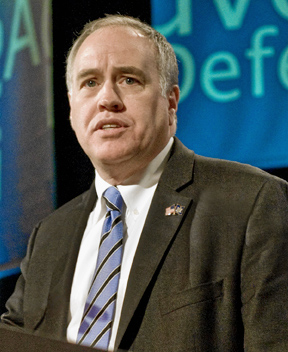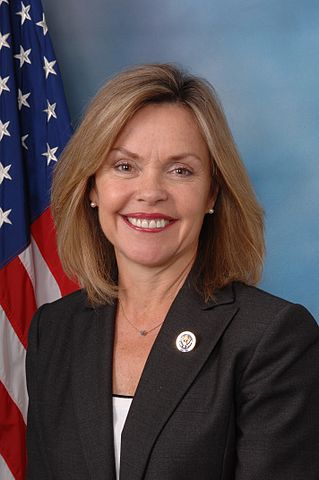The New York Times recently obtained a copy of a private equity limited partnership agreement from Carlyle Partners, and the document offers outsiders a rare peak into the opaque world of private equity investments.
[Document can be viewed at the bottom of this post, or by clicking here.]
The document is heavily, heavily redacted, but it’s important because it reveals just how few details are publicly available regarding the private equity investments of pension funds.
Many pension funds sign agreements just like this one – in fact, the list of pension funds that invest in Carlyle funds is long:
- New York City Retirement Systems
- CalPERS
- CalSTRS
- Illinois Teachers’ Retirement System
- Florida State Board of Administration
- Michigan Retirement Systems
- Texas County & District Retirement System
- New Mexico Public Employees Retirement System
- Los Angeles County Employees’ Retirement Association
- and many more.
Pension360 has previously covered how private equity firms encourage pension funds not to comply with FOIA or public records requests pertaining to private equity investments.
That sentiment is reflected in the Carlyle agreement, which pushes pension funds to resist public records requests if possible. From the New York Times:
Another blacked-out section in the Carlyle V agreement dictates how an investor, like a pension fund, also known as a limited partner, should respond to open-records requests about the fund. The clean version of the agreement strongly encourages fund investors to oppose such requests unless approved by the general partner.
Some pension funds have followed these instructions from private equity funds, even in states like Texas, which have sunshine laws that say “all government information is presumed to be available to the public.”
For an in-depth foray into the redacted elements of the agreement and its implications, head over to this Naked Capitalism post or the New York Times article.
[iframe src=”<p style=” margin: 12px auto 6px auto; font-family: Helvetica,Arial,Sans-serif; font-style: normal; font-variant: normal; font-weight: normal; font-size: 14px; line-height: normal; font-size-adjust: none; font-stretch: normal; -x-system-font: none; display: block;”> <a title=”View Carlylepartnersvlpa Redacted on Scribd” href=”https://www.scribd.com/doc/243705906/Carlylepartnersvlpa-Redacted” style=”text-decoration: underline;” >Carlylepartnersvlpa Redacted</a></p><iframe class=”scribd_iframe_embed” src=”https://www.scribd.com/embeds/243705906/content?start_page=1&view_mode=scroll&show_recommendations=true” data-auto-height=”false” data-aspect-ratio=”undefined” scrolling=”no” id=”doc_43005″ width=”100%” height=”600″ frameborder=”0″></iframe>”]
Photo by Truthout.org via Flickr CC License







